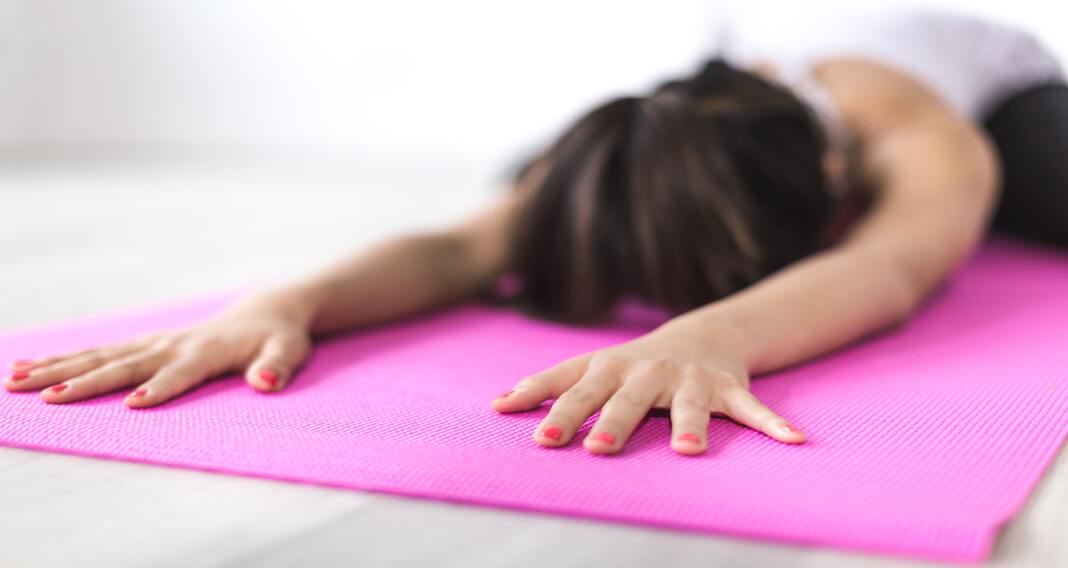 We constantly hear about how important it is to get some down time and learn to focus on relieving our stress levels. But, even the shear notion of trying to carve out that time from our day can itself be stressful! Unchecked stress can lead to chronic health problems later.
We constantly hear about how important it is to get some down time and learn to focus on relieving our stress levels. But, even the shear notion of trying to carve out that time from our day can itself be stressful! Unchecked stress can lead to chronic health problems later.
The numbers are staggering. By all accounts, they appear to be getting worse, not better.
The American Psychological Association, apa.org, states, “Around three-quarters of adults (76%) said they have experienced health impacts due to stress in the prior month, including headache (38%), fatigue (35%), feeling nervous or anxious (34%), and/or feeling depressed or sad (33%)”.
Aside from having an occasional spa day, taking a vacation or enjoying a massage every now and then, all of which are great and I highly recommend doing, but not always practical. To help reduce our stress long term, we need to do something to support ourselves every day. Even 10 minutes a day can have profound benefits to your wellbeing both physically, mentally, emotionally and cognitively.
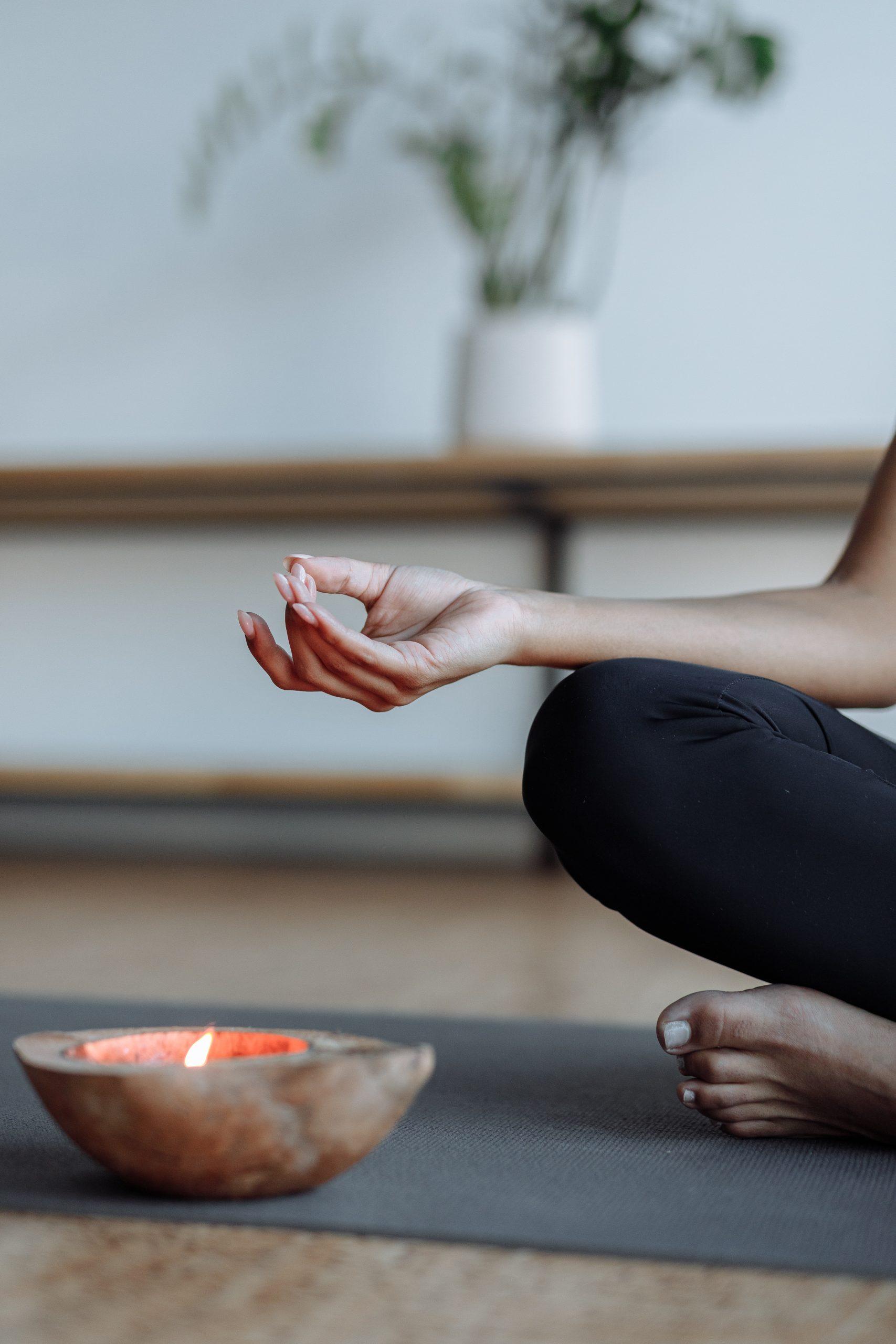 What is Restorative Yoga?
What is Restorative Yoga?
I’ve heard it referred to as the “slumber party” of yoga.
This style of yoga uses props such as bolsters, blankets, blocks to support you while you’re in a pose, for anywhere between 5 to 7 minutes. The goal is to be as comfortable as possible so that while in your pose, you can completely and utterly let go, relax and surrender. By letting go, you’re activating the parasympathetic nervous system, the “rest and digest” part of your nervous system that helps you rest, restore and heal your body.
A key component of restorative yoga is that while in the pose, you focus on your breath coming in and out of your body. This breath awareness helps center, ground and support you in order to elicit a calm response.
 Benefits of Restorative Yoga
Benefits of Restorative Yoga
Studies from the National Library of Medicine have shown that restorative yoga has many benefits, including but not limited to:
- Reducing chronic pain
- Improving sleep
- Lowering blood pressure
- Safe to do during pregnancy
- Relaxing your mind and body
- As part of an overall plan for health and well-being, including but not limited to, supporting recovery from addictions, cancer, and eating disorders
- Ultimately, restorative yoga shifts you from the sympathetic nervous system, the “fight or flight” to the parasympathetic nervous system, the “rest and restore”, helping us come back to a state of calm.
How to Set Up a Practice At Home
Start by carving out at least 10 minutes a day, three times a week. Once you get into the habit of this, you can always build and work your way up to more times a week.
No props? No problem! All you need is something to support your body while on the floor – a yoga mat or a firm blanket will do and a wall.
Put on some soothing music. Music has a quality, which can help you relax even more. It can also help you focus your mind instead of thinking about everything you need to get done.
While you are intentionally breathing in and out, you can use a simple phrase to keep yourself focused as well. This phrase is also known as a mantra. Examples of a mantra are, “let me be happy, let me be healthy” or “breathe in calm breaths, let out stress”. You can also creative and make up something meaningful to you. When we align our breath with the movement in stillness, it becomes a mediation in and of itself.
So grab your pjs, and let’s go through a lovely six-pose sequence before bed!
Six Key Poses you can do at home
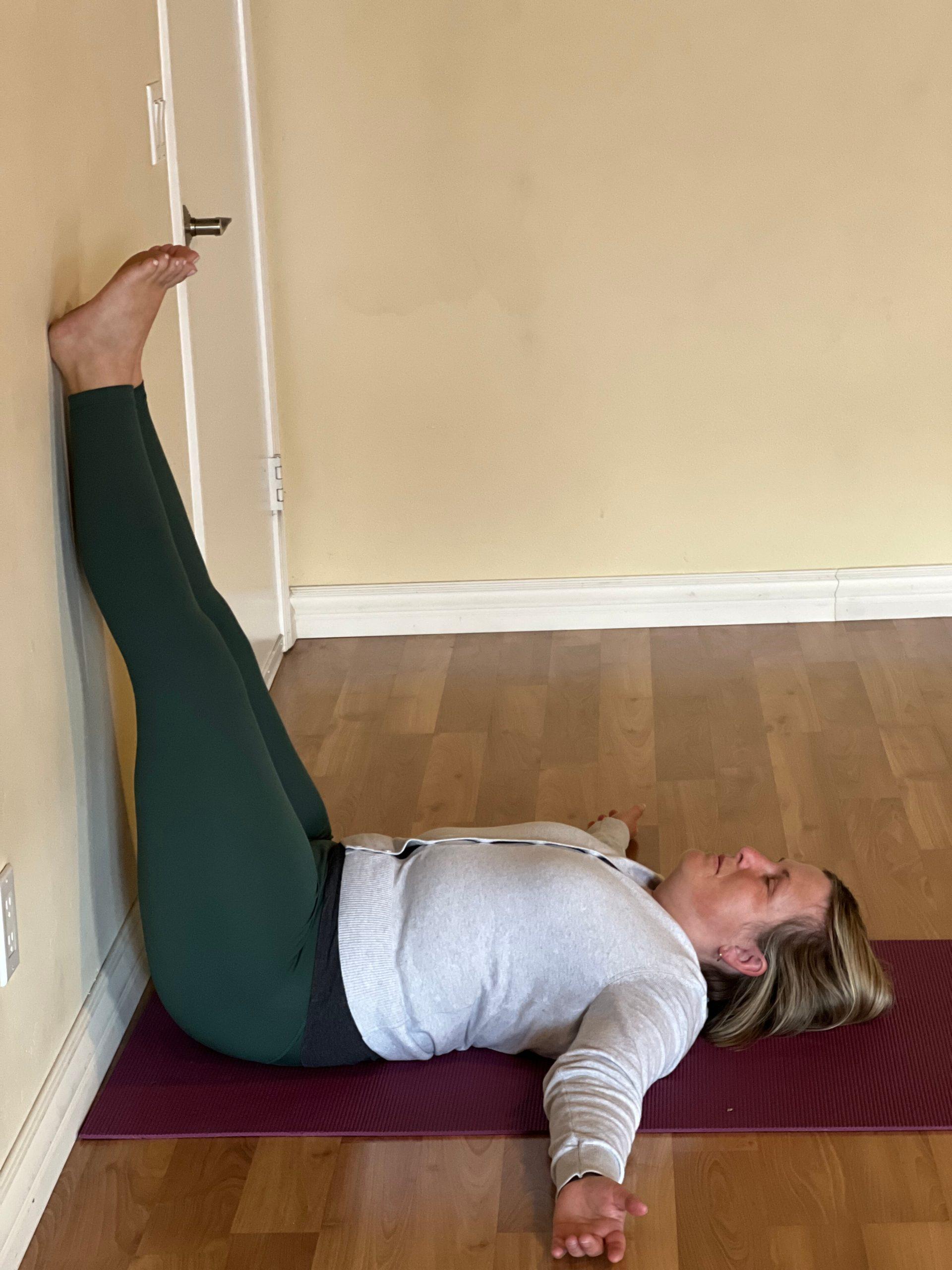 Legs up the wall
Legs up the wall
Lie down on your back, placing your feet on the wall with your knees bent. Scoot your butt up against the wall. Extend your feet straight up, resting your heels on the wall. Arms can be by your side, palms facing up to the ceiling, out in a T position or over your head for a shoulder stretch. Close your eyes and hold here for 1 to 3 minutes, breathing in and out
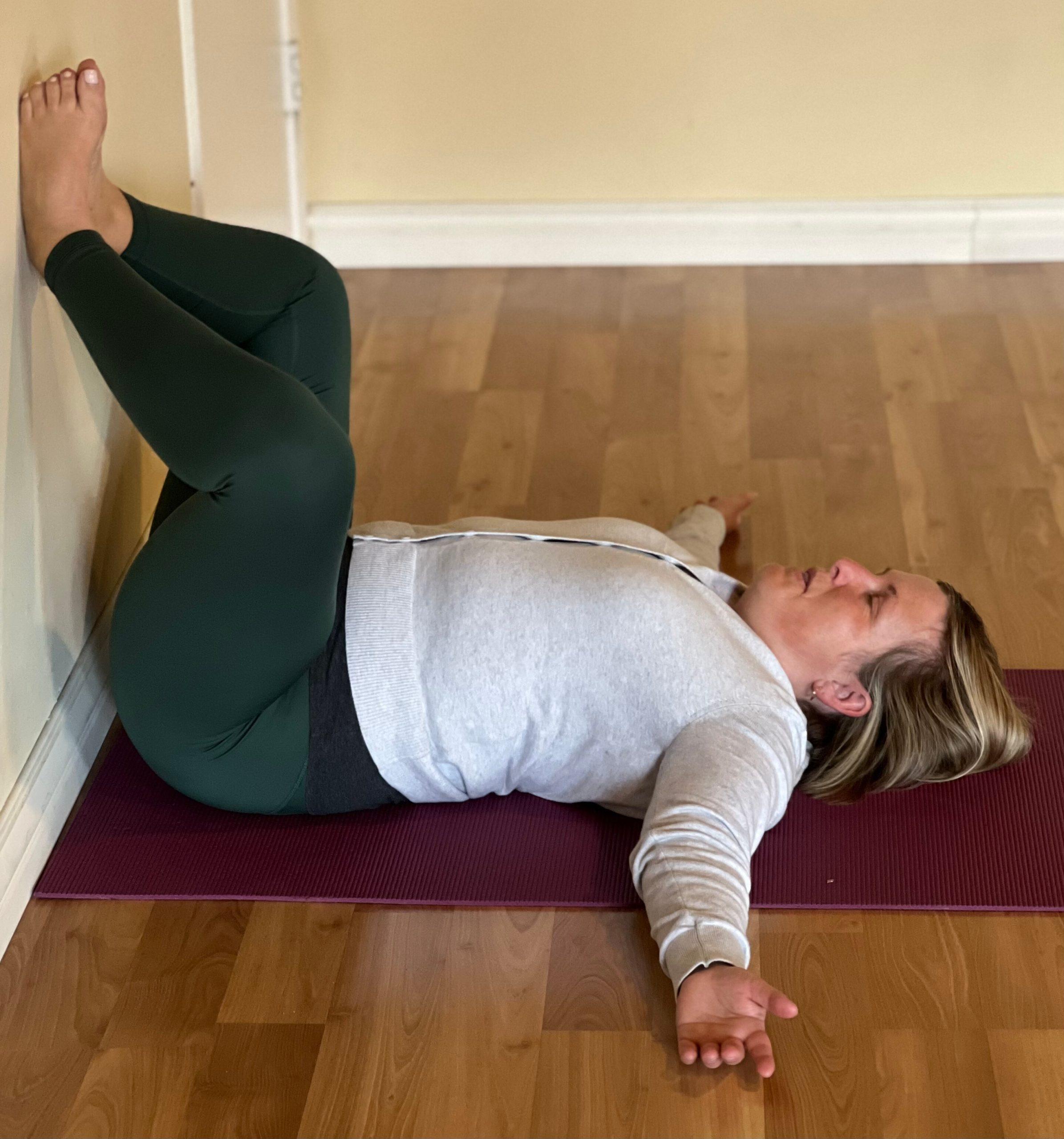 Butterfly up the wall
Butterfly up the wall
Continue to be in the above position and then bend your knees bringing the soles of your feet together. Arms can be by your side, palms facing up to the ceiling, out in a T position or over your head for a shoulder stretch. Close your eyes and hold here for 1 to 3 minutes, breathing in and out.
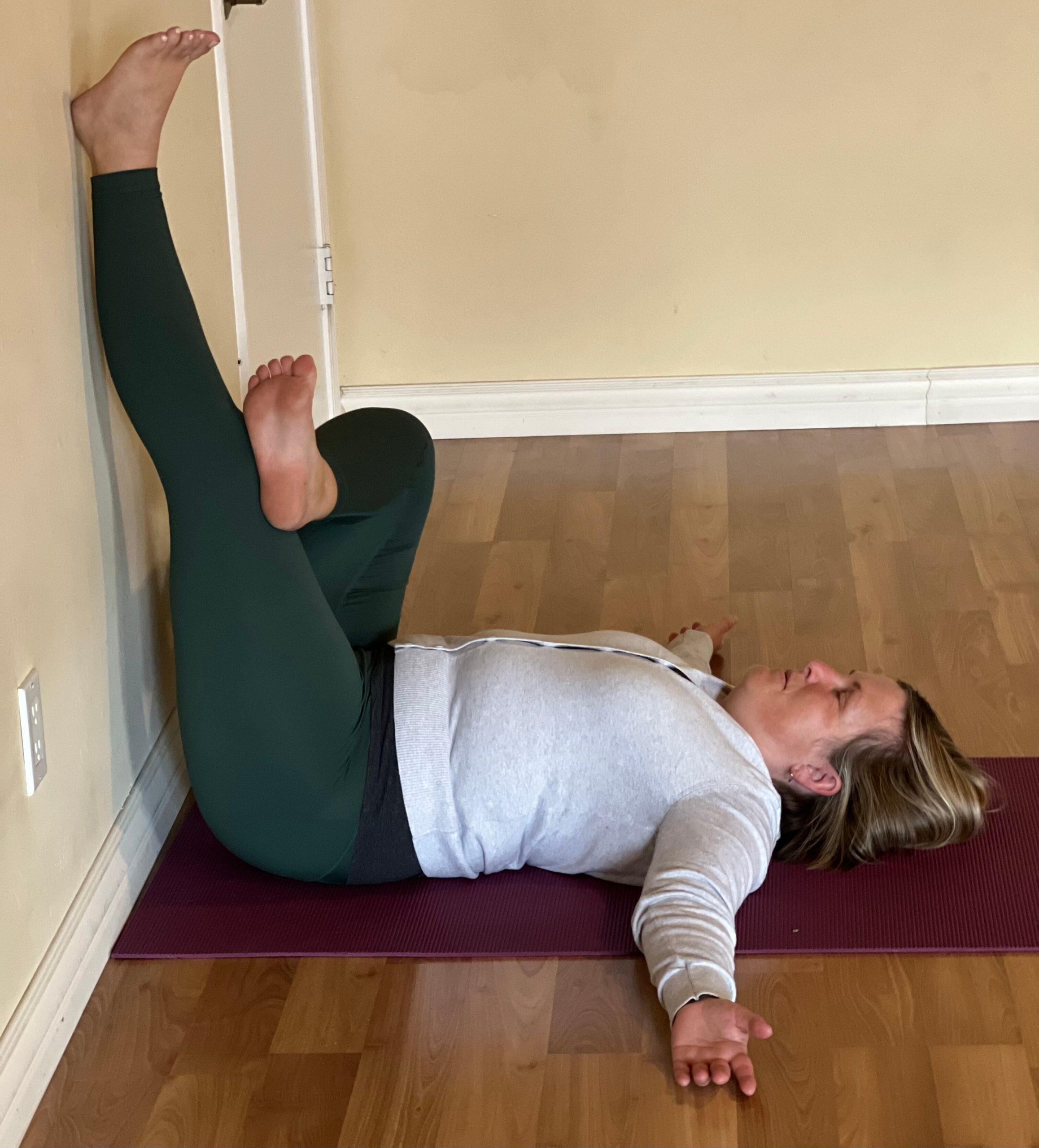 Figure Four up the wall
Figure Four up the wall
Continue to lie in the legs up the wall position. Next bend your right knee and rest your ankle, just below your left knee. Slowly slide your left foot down the wall until you are at a comfortable position, feeling some sensation but not too much. Arms can be by your side palms facing up to the ceiling, out in a T position or over your head for a shoulder stretch. Close your eyes and hold here for 1 to 3 minutes, breathing in and out. Now slowly move out of this position, switching sides to bend the left knee and staying in this position for 1 to 3 minutes.
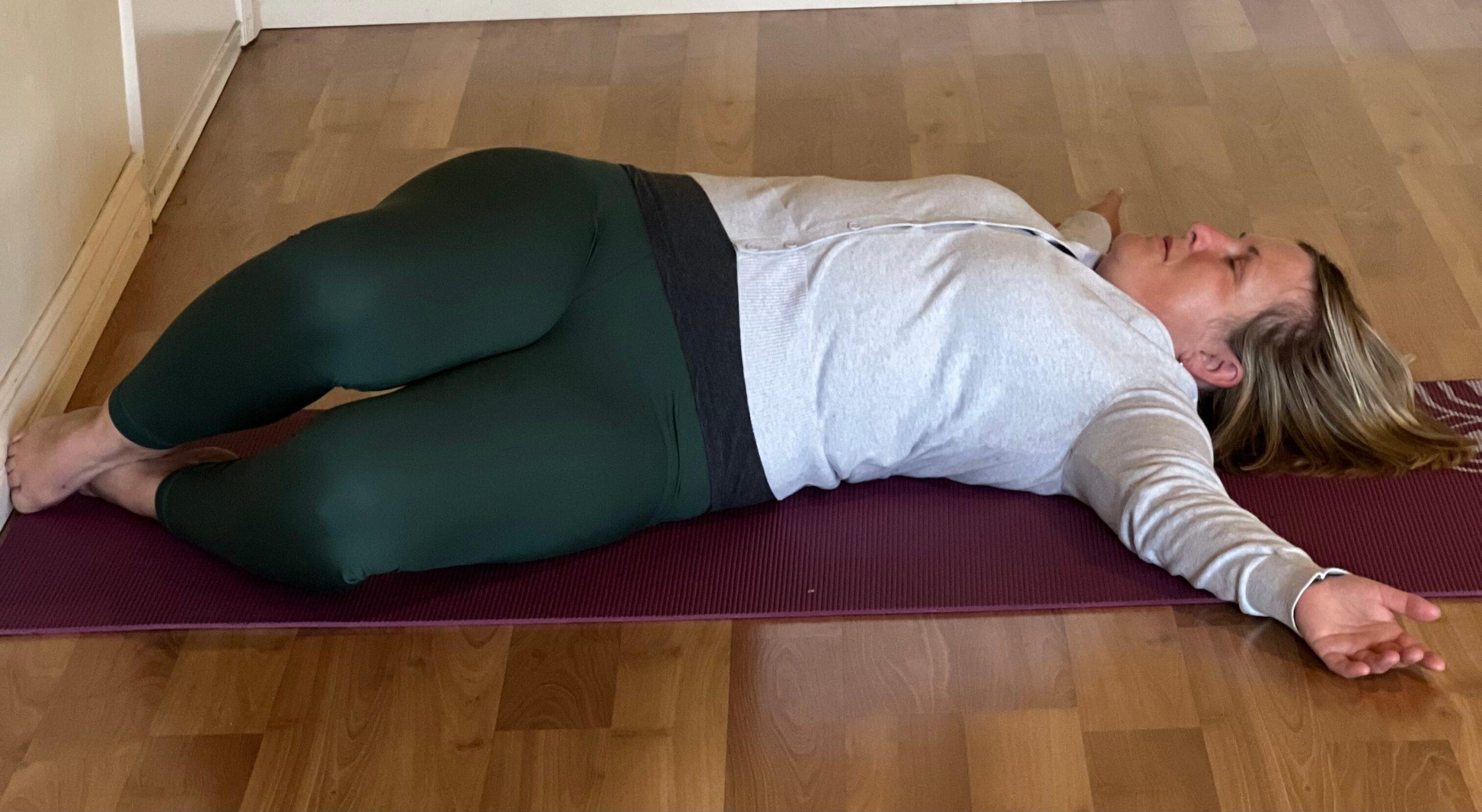 Spinal Twist near the wall
Spinal Twist near the wall
Start in legs up the wall position once more. Bend both knees and lower them to the left side of your chest, keeping your heels resting on the wall. Your arms can be out in a T position while you look over your right shoulder. Close your eyes and hold here for 1 to 3 minutes, breathing in and out. Now, slowly move out of this position, switching sides to twist to the right and stay here for 1 to 3 minutes.
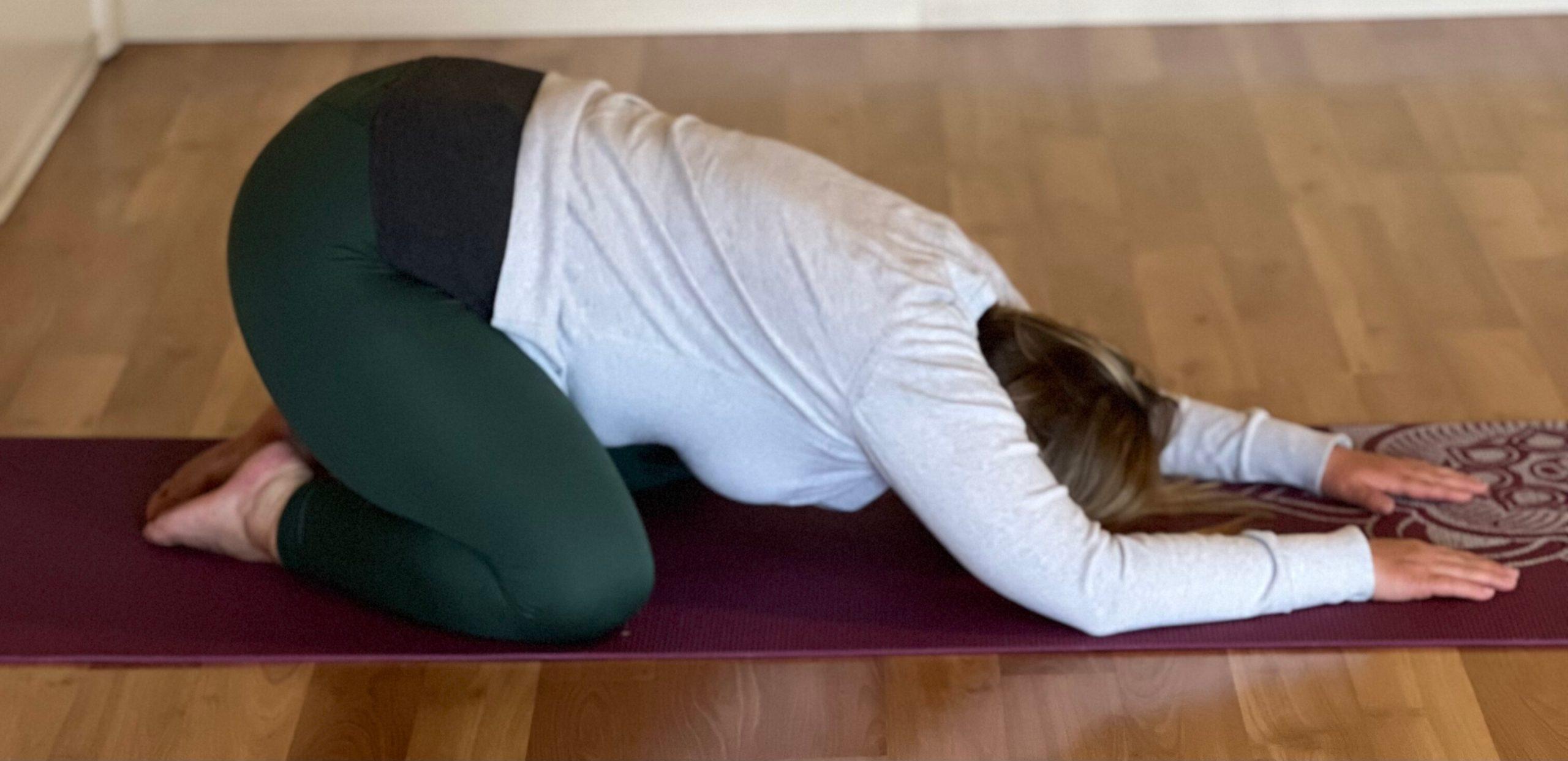 Child’s Pose
Child’s Pose
Grab a couple of pillows for support for this one. Come to your hands and knees, and spread your knees wider than your hips, keeping the tops of your feet on the floor and your toes touching. Now, sit back on your heels with your belly resting between your thighs and your forehead resting on the floor. You can use a pillow under your belly for support or between your legs for support. Your arms can be stretched out in front of you, with palms facing toward the ground, or you can bring your arms alongside your thighs, with palms facing up, towards the ceiling. Close your eyes, relax everything and breathe here for 1 to 3 minutes.
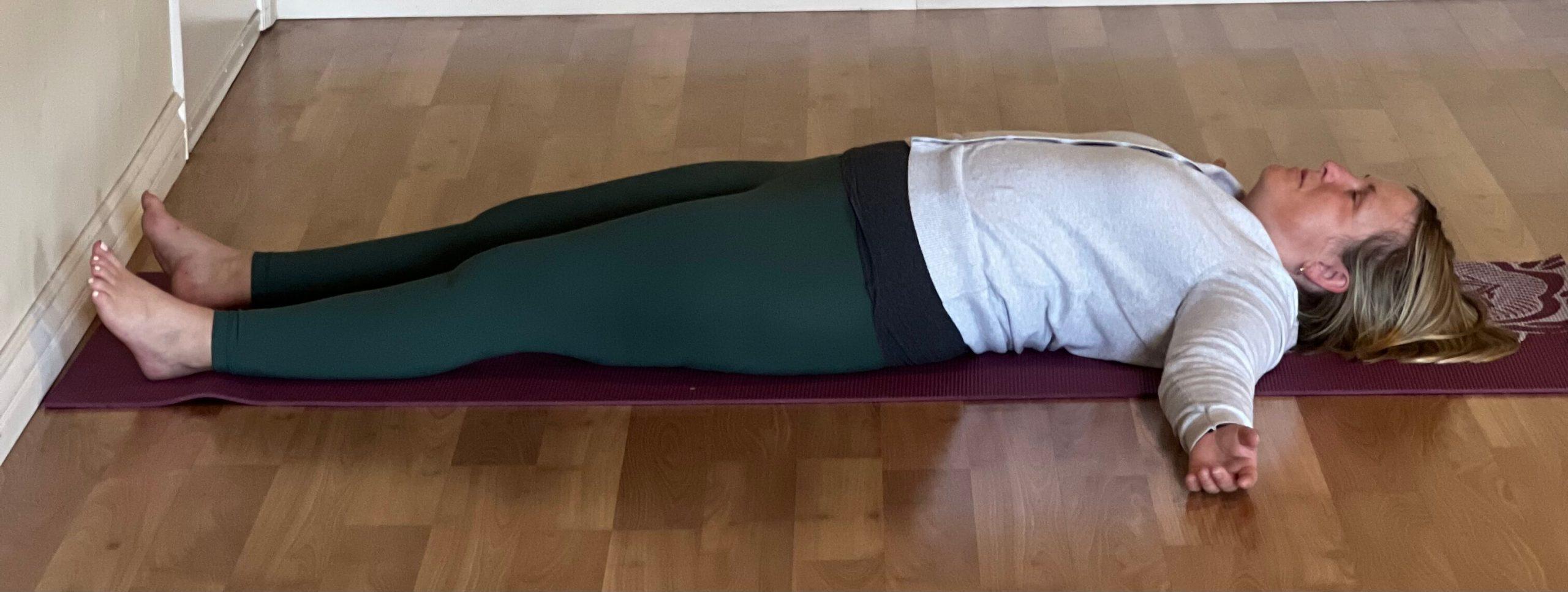 Corpse Pose
Corpse Pose
Lie on your back with your legs straight but slightly apart, and arms at your sides with palms facing up to the ceiling. Close your eyes and let your breath be natural. You can do a quick body scan starting from your toes up through your body to the crown of your head. Notice what still needs to be softened, and see if you can intentionally breath in to those areas. Stay here for as long as you like but to move out of this pose, just gently bring your awareness back to your breath, turn to one side in a fetal position and gently press yourself up into a seated position.
Enjoy these “slumber party” restorative yoga practices, and get some much needed rest, relaxation and stillness for your body and mind.


















